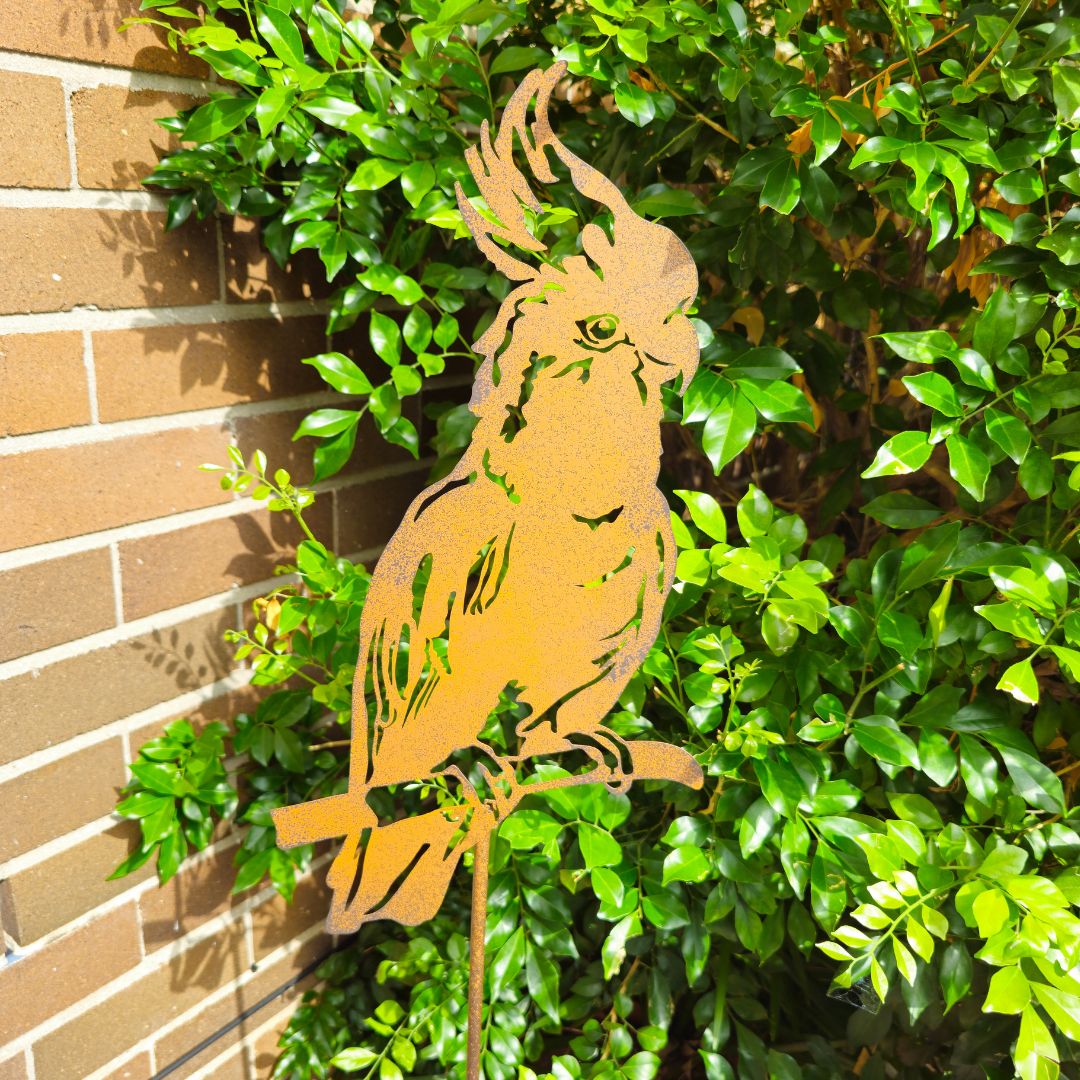There is nothing nicer than a new house plant in its pretty pot. We have all seen the Pinterest boards and Instagram posts of the perfect plant that brings a whole room together. The big thing now is bringing that same pizazz and flair to your own space.
Caring for a plant follows the same basic principles as people, they need food, water, basic hygiene and a bit of attention. A couple of important things to consider in your choice of plant and or location:
Light.
- This is a biggie – how much light do you have and how much light does your plant need?
- Take advantage of the information on the plant label before you buy the plant – these aren’t just put on to make the plant pretty. Labels have a heap of useful information that will help you to care for your plant. A quick google search of the scientific name of your plant (helpfully usually on the label!) will give you even more info and handy tips on caring for your plant.
- Most indoor plants like filtered or indirect sunlight, so windowsills or locations in sunny rooms will work well. If you have a darker room, you might need to try plants that thrive in deeper shade conditions.
Water.
- It is very easy to kill your new house pet with kindness. Be careful not to overwater and check regularly to ensure that your plant isn’t sitting in a puddle. Like people, not many plants enjoy wet feet, so be sure to check the saucer of your plant (if using one) doesn’t fill and retain liquid for long periods of time.
- Once again, different types of plants have different thirst levels – plant labels are a good starting point and a quick internet search for your specific variety can be helpful. A general rule of thumb is to feel the soil - poke your finger right in, you won’t get a good read on the soil moisture from just looking at the top.
- If your plant starts looking limp and sad it probably needs a drink.
- If your plant’s leaves start to brown at the ends its probably had a bit too much to drink, if it starts singing karaoke you know its time to limit it's intake.

Cleaning.
- Its sounds ridiculous but most indoor plants (especially the ones with big glossy leaves) will benefit from the occasional lick and polish. Giving the leaves a quick wipe over with a damp cloth and removing any old or tired leaves gives the plant the best chance to photosynthesise and keeps it looking great. If only it was as easy to keep the kids or the dog clean and thriving.
Feeding.
- Giving your plant the right nutrients start with selection of potting mix you choose to grow it in. A premium indoor potting mix will give the plant a good foundation to grow in and regular applications of indoor plant fertiliser (there are a bunch of premixed, ready to rock mixtures available from most nurseries or hardware stores) will keep your plant flourishing.
Room to grow.
- Everything at my house seems to be growing at the moment – kids need bigger clothes; dog needs a bigger bed and my house plants need to stretch their roots into bigger pots. While repotting isn’t always necessary and may be more investment than you want to put into that hobby that seemed such a good idea when you were at home in the middle of a pandemic it can really help your plants to thrive. If your plant isn’t looking as great as you think it should and you’ve tinkered with all the above (Light? Water? Extra snacks?) it might be worth checking how your plant is going underground. Gently slipping the plant out of its container will give you a look at the state of its roots.
- If it’s hard to slip the plant out of the container it probably needs repotting. If you can remove it but all you can see is a web of white strings it needs repotting. As you’ve only just bought your plant home and installed it, I’m going to assume that you won’t need detailed instructions on how to repot right this very second. Stay tuned and we’ll bring you a basic guide to repotting very soon.





